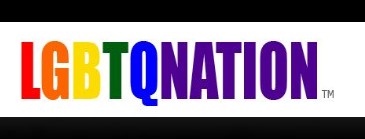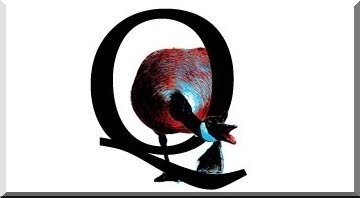$39 Billion Cut from Food Stamp Program By House GOP Would Hurt LGBT Poor
By Brody Levesque | WASHINGTON -- A close vote 217-210 by the Republican dominated House, to cut the Supplemental Nutrition Assistance Program (SNAP) food stamp program by more than $39 billion over 10 years, has LGBTQ advocacy groups worried. No Democrats voted for the bill, and 15 Republicans voted against GOP leaders.
Democratic opponents claim language developed by House Majority leader Eric Cantor, (R-VA), would eliminate the option states have of seeking a waiver from rules that require able-bodied adults to work or participate in a job-training program in order to receive extended SNAP benefits, which would leave people with no options for food aid in states where jobs or job training programs don't exist.
But Cantor rejected that criticism:
But Cantor rejected that criticism:
“There's been a lot of demagoguery around this bill, and unfortunately a lot of misinformation,” he said on the floor. “Because the truth is, anyone subjected to the work requirements under this bill who are … able-bodied, under 50, will not be denied benefits if only they are willing to sign up for the opportunity for work,” he said. “There is no requirement that jobs exist, there are workfare programs, there are options under the bill for community service.”In a report issued earlier this year, the Congressional Budget Office estimates the cuts will impact an estimated 3.8 million people in 2014.
The measure, H.R. 3102, the Nutrition Reform and Work Opportunity Act, now heads to the Senate, where a Senate source told LGBTQ Nation it is likely to die in committee in its current form.
LA based journalist and LGBT rights advocate blogger Karen Ocamb pointed out that this issue is of great importance to LGBT people, especially without the protections afforded by the still-not-passed Employment Discrimination Act.
"It currently is perfectly legal in America to fire someone for being lesbian, gay, bisexual, and transgender, or LGBT.
Rather than being evaluated on their skills, qualifications, and ability to contribute to the job, LGBT workers are all too often not hired, not promoted, or, in the worst cases, fired from their jobs solely due to their sexual orientation and gender identity—characteristics completely irrelevant to job performance.
And in a majority of states and under federal law, these employees have no legal recourse to challenge this discrimination," Ocamb writes.
A report by the National Center for Transgender Equality says that "black transgender people live in extreme poverty with 34 percent reporting a household income of less than $10,000 a year. This is more than twice the rate for transgender people of all races (15 percent), four times the general black population rate (9 percent), and over eight times the general U.S. population rate (4 percent)."
Last June, the Williams Institute issued a new report indicating that LGB Americans continue to poorer than their heterosexual peers:
Key findings included:
- In the American Community Survey, 7.6% of lesbian couples, compared to 5.7% of married different-sex couples, are in poverty. • African American same-sex couples have poverty rates more than twice the rate of different-sex married African Americans.
- One third of lesbian couples and 20.1% of gay male couples without a high school diploma are in poverty, compared to 18.8% of different-sex married couples.
- Lesbian couples who live in rural areas are much more likely to be poor (14.1%), compared to 4.5% of coupled lesbians in large cities. 10.2% of men in same-sex couples, who live in small metropolitan areas, are poor, compared with only 3.3% of coupled gay men in large metropolitan areas.
- Almost one in four children living with a male same-sex couple and 19.2% of children living with a female same-sex couple are in poverty, compared to 12.1% of children living with married different-sex couples. African American children in gay male households have the highest poverty rate (52.3%) of any children in any household type.
- 14.1% of lesbian couples and 7.7% of gay male couples receive food stamps, compared to 6.5% of different-sex married couples. Also, 2.2% of women in same-sex couples receive government cash assistance, compared to .8% of women in different sex couples; 1.2% of men in same-sex couples, compared to .6% of men in different-sex couples, receive cash assistance.
As poverty rates for nearly all populations increased during the past 8 years LGBT Americans remained more likely to be poor than heterosexual people.
Gender, race, education and geography all influence poverty rates among LGBT populations, and children of same-sex couples are particularly vulnerable to poverty.






















0 comments:
Post a Comment